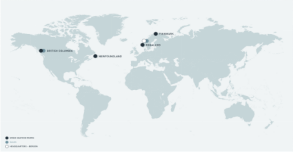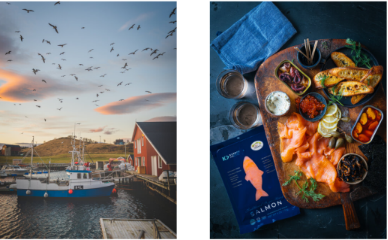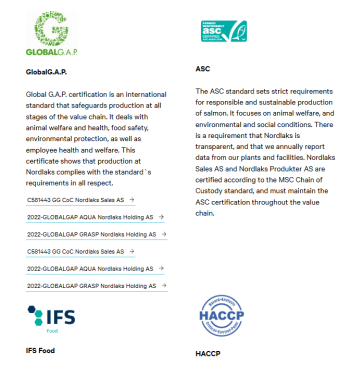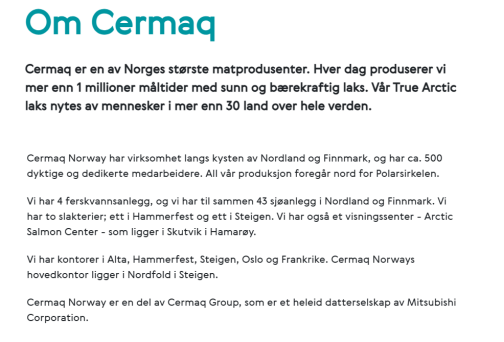In Norway, seafood industry is one of the most important industries, with a high global reputation as a superstar of the sea. China is an important export market for Norwegian salmon.
Norwegian salmon is looked after by specialized veterinarians and salmon farms are under strict control. The Norwegian food safety regulatory system follows EU regulations and monitors both fish and fish feed. Regulatory measures and results are fully accessible to the public. Norway is one of the few fishing countries with a specialized aquaculture law. Every year, about 14,000 cases of Norwegian salmon destined for export are subjected to independent testing by the National Institute of Nutrition and Seafood Research. No residues of prohibited drugs or illegal additives have ever been found during the tests.
Even in terms of animal welfare values, Norwegian aquaculture farms use nets that are designed to ensure the creation of an optimal environment for the growth and survival of the salmon. The ratio of each net box is approximately 2.5% fish to 97.5% water. How the high quality Norwegian salmon reaches China is also a top priority. Shunda Air has its own cooperative fisheries and stable routes for salmon transportation.
The fisheries we work with are Grieg Seafood - F480, located in Rogaland and Finnmark, Norway, with a projected 2026 harvest of 120,000 to 135,000 tons of salmon.

Business scope of Grieg Seafood
Kvarøy Salmon - N1115, located on the island of Kvarøy in the Norwegian Arctic Circle, farms ASC-certified salmon and is a third-generation family-owned Atlantic salmon farm.

Kvarøy Arctic Team
Nordlaks - N169, 2021, produced almost 3,000 tons of juvenile fish and 48,000 tons of salmon in fish farming operations.

Nordlaks Certificate
Cermaq - N2284, in 2022, 189,400 tons of salmon were sold in 2.6 million portions/day, with approximately 114 million fish in the sea throughout the year.

About Selmark
Salmon is transported directly from the above mentioned fisheries to Shanghai and other places in China by our air shipment , from the fishery to the consumer's table within 72 hours, distance is no longer a problem.